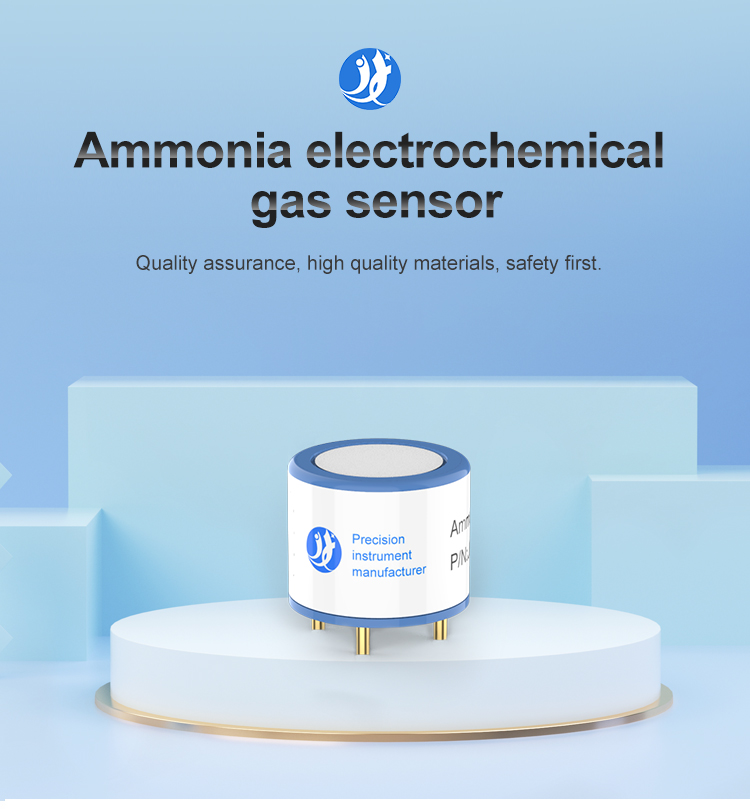Indoor air quality is an essential factor that affects the health and well-being of people who spend a significant amount of time indoors. Poor indoor air quality can cause respiratory illnesses, allergies, and other health issues, resulting in decreased productivity and overall quality of life. In recent years, gas sensors have emerged as a critical technology for optimizing indoor air quality, providing valuable data to help identify and mitigate sources of pollutants.
Gas sensors are small electronic devices that detect the presence of specific gases in the atmosphere. They work by reacting with the gas molecules and producing an electrical signal that can be measured and analyzed. The most common types of gases detected by sensors are carbon monoxide (CO), nitrogen oxides (NOx), ozone (O3), volatile organic compounds (VOCs), and particulate matter (PM2.5 and PM10).
One of the primary benefits of gas sensors is their ability to provide real-time data on indoor air quality. By continuously monitoring indoor air, gas sensors can detect any changes in air quality and alert building occupants and managers to potential problems. This allows for prompt intervention and mitigation efforts to be implemented to reduce exposure to harmful pollutants.
Gas sensors are also highly sensitive and accurate, which means they can detect even the tiniest traces of pollutants in the air. This makes them ideal for detecting low levels of contaminants that may not be detected by traditional methods, such as leaks from gas appliances or smoke from cooking. Additionally, gas sensors can be used in a wide variety of indoor environments, including homes, offices, schools, and hospitals.
One promising application of gas sensors is in the optimization of indoor air quality in commercial buildings. By integrating sensors into HVAC systems, building managers can continuously monitor air quality and make adjustments to ventilation rates and filtration systems as necessary to improve indoor air quality. This can lead to increased productivity, improved health outcomes for building occupants, and reduced energy costs.
Gas sensors can also be used in homes to optimize indoor air quality. For example, sensors can detect high levels of carbon monoxide or VOCs in the air, alerting homeowners to potential health hazards and enabling them to take immediate action to correct the issue. Additionally, gas sensors can be used to monitor indoor humidity levels, which can help prevent the growth of mold and mildew and improve overall indoor air quality.
Despite the numerous benefits of gas sensors for optimizing indoor air quality, there are also some challenges that need to be addressed. One of the main challenges is ensuring that gas sensors are calibrated and validated regularly to ensure that they are providing accurate and reliable data. Additionally, it is essential to ensure that gas sensors are not affected by other sources of interference, such as exhaust from nearby vehicles or outdoor air pollution.
In conclusion, gas sensors offer great promise for optimizing indoor air quality and improving the health and well-being of people who spend a significant amount of time indoors. By providing real-time data, high sensitivity, and wide applicability, gas sensors can help identify and mitigate sources of indoor air pollution to create healthier and more productive indoor environments. While there are still challenges that need to be addressed, the future looks bright for gas sensors and their potential impact on indoor air quality optimization.
 : +86 155 8830 2704
: +86 155 8830 2704 : jxdziot@gmail.com
: jxdziot@gmail.com
